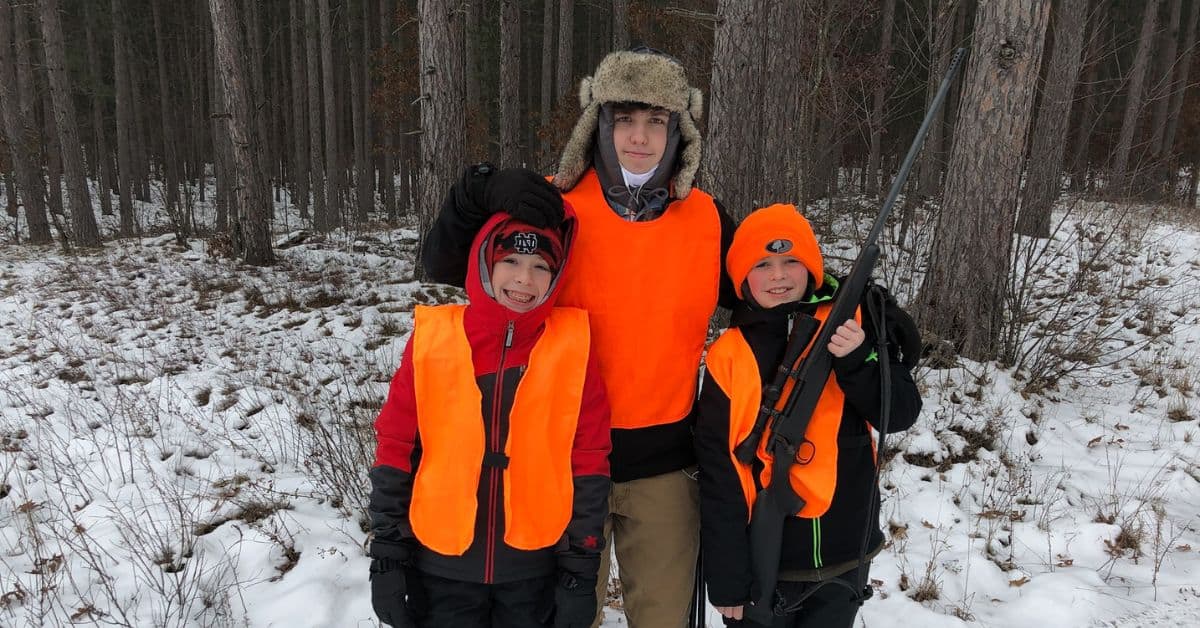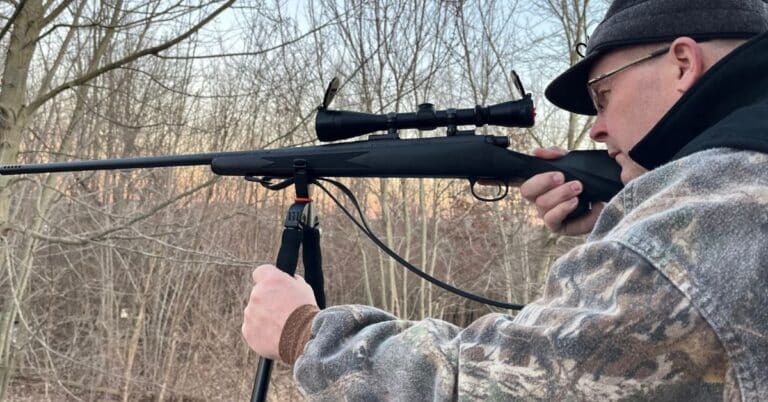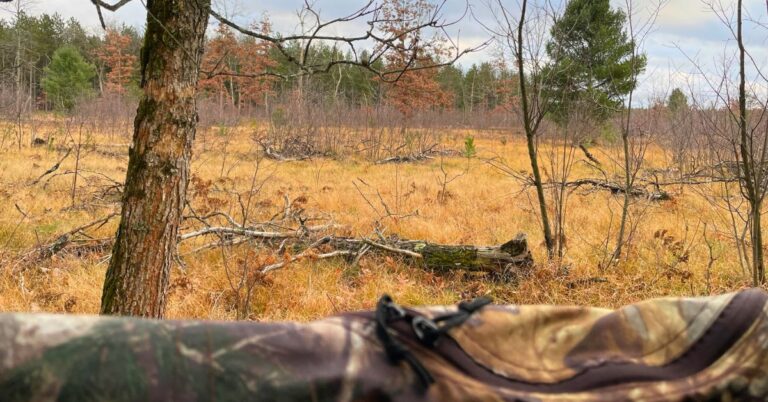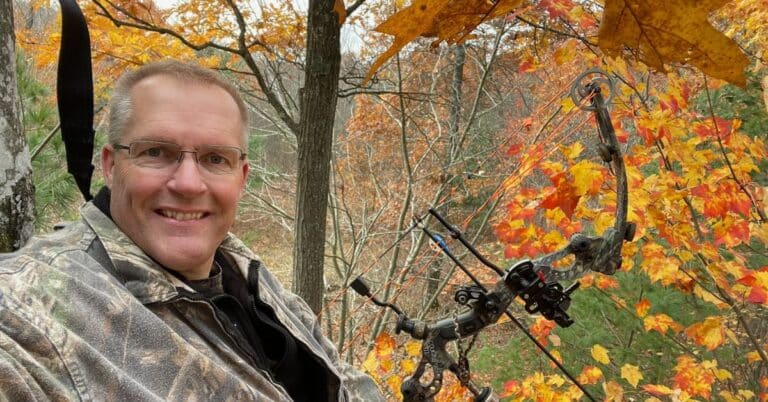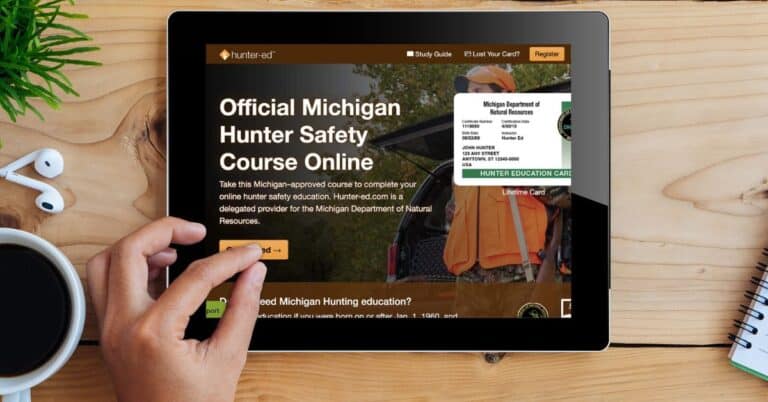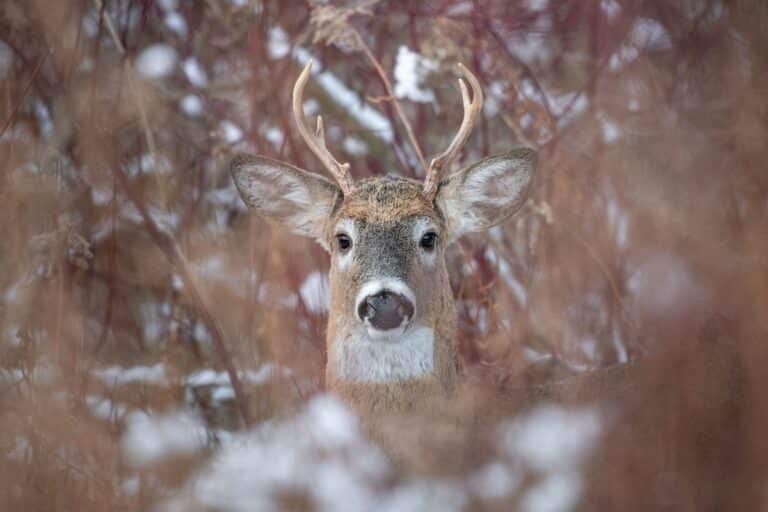A Father’s Guide to Youth Hunting
Youth Hunt Introduction and Reflections
Youth hunting provides an excellent opportunity to introduce young people to the world of hunting at an early age. The journey can start with small game and progress to big game, such as whitetail deer, with the overall goal of building interest in the sport.
Engaging the Youth
My experience comes from being a hunter for over four decades and a father of five children, including four sons. They have all transitioned from the youth hunting age to adulthood. I love to help new hunters learn the sport. I’m hoping that sharing my reflections of our youth hunts will be helpful.
First and foremost, it’s crucial to ask the youth if they are interested in learning to hunt and if they would like to join you on upcoming hunts. Invitations should be genuine, aimed at fostering curiosity rather than forcing them to accompany you into the woods. I’ve tried both ways, and the invitation method has more long-term success. Just keep asking.
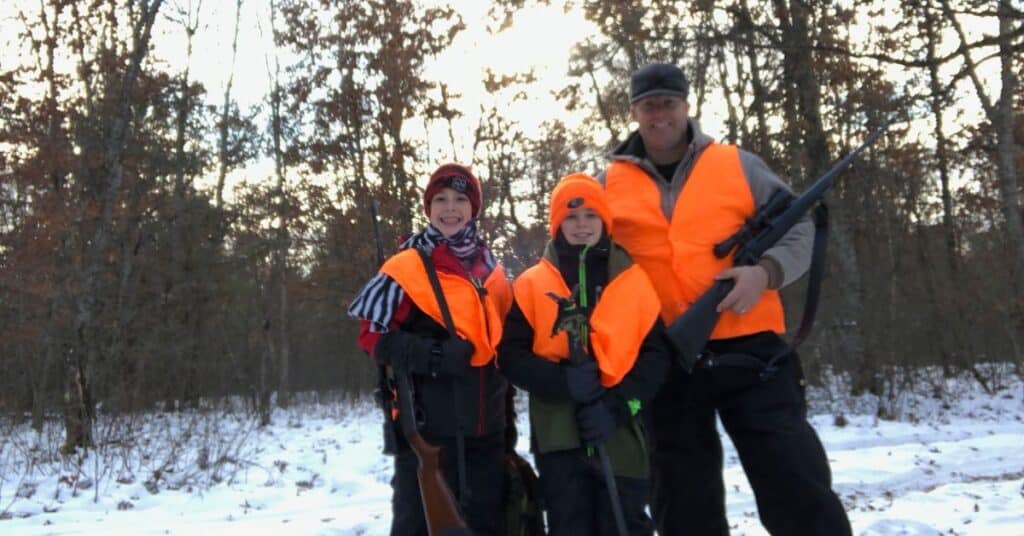
Teaching and Involving
Teaching them along the way and providing opportunities for independence keeps them engaged. Whether it’s packing their backpack or carrying a gun, involving them in the learning process instills a sense of ownership. The key is to make this time together enjoyable and meaningful for them.
Youth Hunting Experiences
Preparation and Decision-Making
Once my kids successfully completed Hunter Safety for Michigan Hunting, I believed they deserved a significant role in decision-making for Youth Hunts. My preparation role was transportation, lodging, and gun safety. Allowing them the freedom to choose hunting locations and sometimes which one of my rifles they wanted to use. Empowering them in this way allowed them to craft their own experiences.
Youth Hunting Season in Michigan
In Michigan, the youth hunting season typically falls around the second weekend in September. Favorable weather during this time minimizes concerns about rain or snow. Youth hunters have two full days to fill a single tag for a buck or opt to harvest one or more does.
Establishing Routine and Safety Measures
Establishing a routine, like early morning hunts and midday breaks, helps maintain their interest. Acknowledging their attention spans, it’s acceptable to let them bring books or electronic devices. However, during the golden hour for deer movement, distractions are put away for heightened awareness.

Preparing for the Field
Before our hunts, I would spend sufficient time at the gun range to site in a rifle and familiarize themselves with their equipment. Youth hunters should be ready for the field. Whether using shotguns, compound bows, or crossbows, safe handling techniques are essential.
I also involve them in gun cleaning and maintenance from day one. This allows time for more safety discussion and to gauge their interest.
Taking the First Shot
When the moment comes for their first shot, the focus shifts to aiding them in positioning, minimizing sound, and ensuring safety. Communication is key, reminding them to keep the safety on until ready to shoot and avoiding placing fingers on the trigger prematurely. Encouraging them to enjoy the moment and take their time aligning the shot prepares them for live situations.
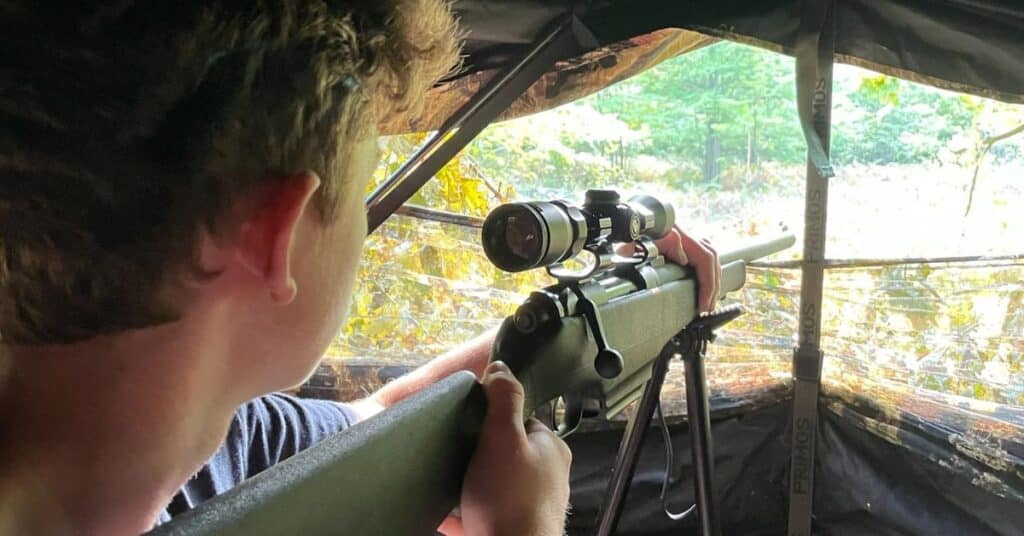
Post-Shot Safety
After the shot, returning to a safety mindset is paramount. Whether the target runs off or not, communicating the safe position of the gun is immediate, allowing for discussions about the next steps. One of my golden rules is never to point a gun at something you don’t intend to shoot, whether it’s loaded or not.
The goal of introducing youth to hunting is to instill accountability for their actions in the sport. Always emphasize that the hunt is theirs, and they have the autonomy to make decisions. If they choose not to hunt in the morning, respect their decision and choose words carefully to avoid discouragement.
Remember, the essence of the hunt lies in their hands. Encouraging them with words like “you can’t shoot a deer sitting in the cabin” fosters a love for the sport and an appreciation for the serenity of the woods at dawn.
Youth Hunting Adventures: A Father’s Reflection
Introduction to Youth Hunting
Having four sons who have completed the youth hunting age and are now considered adults, I look back on our journey together to get them involved in the sport. For starters, it is important to ask the youth if they are interested in learning to hunt and if they would like to join you on upcoming hunts to learn what is involved. I personally have invited my sons at young ages to venture out with me to hunt but not for the purpose of dragging them into the woods with Dad.

Teaching and Ownership
Teaching them as much as you can along the way will keep them interested. Giving them accountability when they are in the process of learning gives them ownership of something they can control on their own as they grow. This may include packing a backpack with things they feel they need or even letting them carry a gun over their shoulder as you walk to and from the hunting spot. Either way, it is important to make this time together for them as much as possible.
Nurturing the Young Hunter
After my sons had successfully taken and completed Hunter Safety for Michigan Hunting, I felt like they deserved the right to have as much input and decision-making for the Youth Hunts that they participated in. For me, my role would be to provide transportation and lodging to the places we would be hunting. Beyond that, I would help them with scouting and letting them choose where they would be hunting. Letting them choose as much as possible helped them to understand this was all for them and that they were creating their own experiences.
Youth Hunting Season and Routine
The youth hunting season in Michigan usually falls around the second weekend in September. This time of year the weather does not usually become a factor, and there is little concern of having to go out in the rain or sit in snow. They youth have two full days to fill a single tag for a buck or they also have the option to harvest one or more does depending on what they decide.
Day Structure and Distractions
As I started when my sons were young, I would instill in them that we would go out early in the morning and hunt til midday and then go back to camp and have some lunch. Later in the afternoon, we would go out and hunt the afternoon until sunset. It is important to pay attention to their willingness to sit for long periods of time.
Youth hunters may get bored of just sitting in a deer blind, and they may lose interest. It is totally okay to let them bring a book or even an electronic device to pass the time. As long as they look up and scan their surroundings often, you are doing just fine. As the later part of the day comes to an end, I encourage them to put all distractions away and give full attention to their surroundings as this is the golden hour for deer movement.
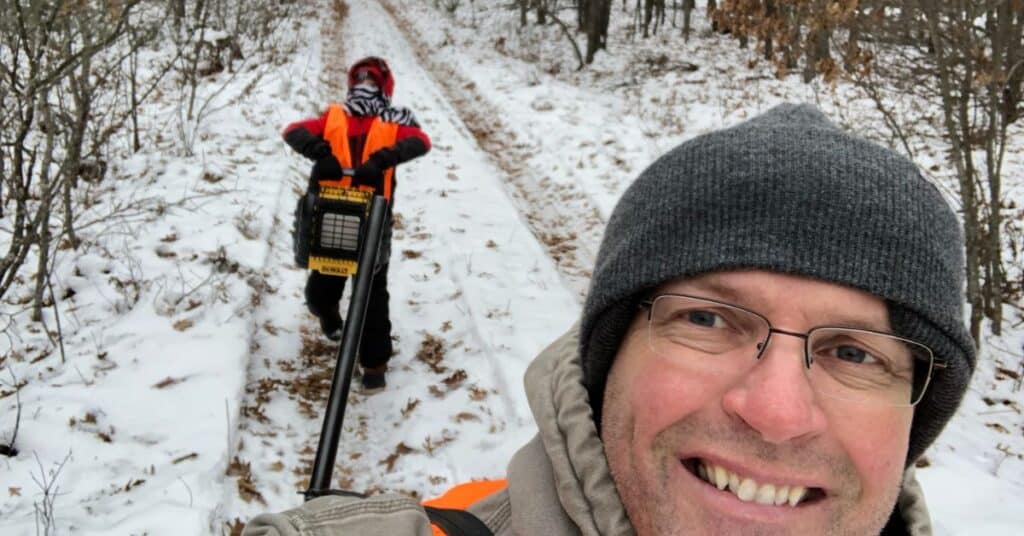
Equipment Familiarity and Safety
Assuming there has been sufficient time invested at the gun range to shoot the gun they are hunting with, they should be ready to go if an animal steps out giving them a chance to make a shot. The same goes for a youth hunter who may be using a compound bow or even a crossbow. They should be familiar and display safe handling techniques when they are hunting. I also introduce them to gun maintenance long before their first hunt.
Guidance for the First Shot
For my sons, they typically started out with a 12-gauge shotgun. Some may say that this type of gun might be too much for youth hunting and perhaps going down in size might better suit them. It’s all a matter of what works for them and what is available.
When the time comes to take a shot at their first animal, my focus is on aiding them in getting into position and minimizing sound and movement. A shooting stick is a great aid for youth when hunting. Allowing the weight of a gun to rest in a stationary position allows them to take good aim for extended periods of time.
I am always speaking softly to them as they are preparing to shoot. Always telling them to wait to take the safety off until they are ready to shoot is a must. I am also looking to see that they are keeping their finger away from the trigger until they are ready to shoot.
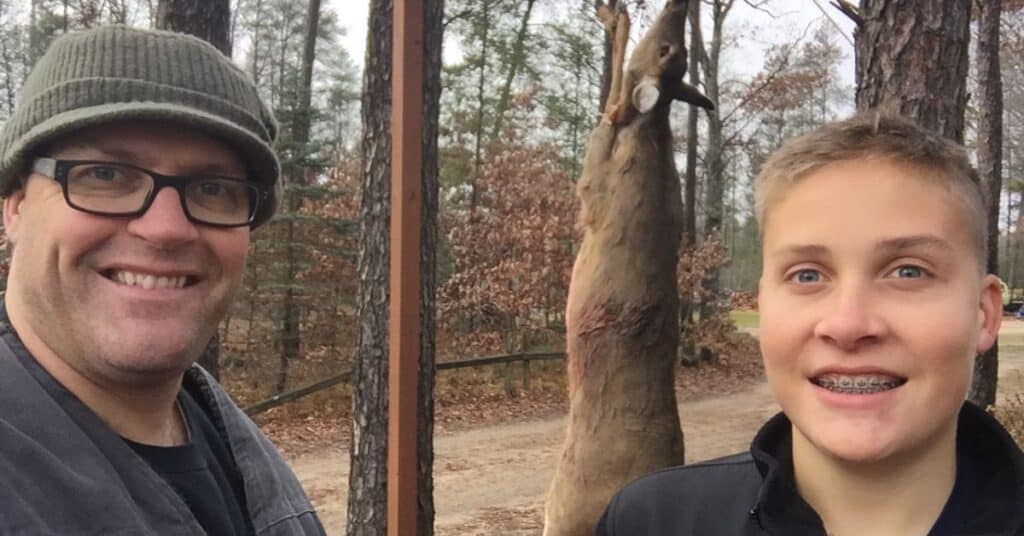
Youth Hunt Focus
Typically, I instruct the youth to just look at the animal through the scope. Enjoy the moment and take the time to get aligned on the target. By telling them the deer is relaxed and not going to run away any time soon, they are put at ease and do not have to be ready to make a quick decision.
Talking with the youth hunter during this period helps them understand the process when it is a live situation. Once it appears as though the time is right for them to take a shot, it is then time to ask them to take the gun off of safety and tell them the gun is live.
This gives them a final reminder that they are 100% in control of the weapon and are responsible for pulling the trigger at any moment and also responsible for what they are shooting at.
Post-Shot Safety and Accountability
After the youth has taken a shot at their intended target, as their guide, it is important to immediately go back to the mindset of being safe. Yes, they may watch their target run off unless the shot is fatal and immediate, but if this is not the case, returning the gun to the safe position should be communicated to them ASAP. At this point, they can put the gun aside, and further discussions can take place about what to do next.
What happens after taking the shot will be discussed in a later segment.
Encouraging Independence
The goal of getting youth into hunting for me is to give them accountability for their independent actions as they grow into the sport. Always remember to express to the youth hunters that the hunt is theirs and they get to make decisions. If they do not do well getting up in the morning to go out and hunt, that is fine. It may be frustrating to the parent or mentor who is driven to get out morning and afternoon. Let them make that choice independently.
Use your words carefully when speaking to them as not to discourage them and their choices. I personally would simply say to my sons “you can’t shoot a deer sitting in the cabin”. (Speaking of cabins….our favorite is Best Bear Lodge in Irons, Michigan) These are the words that I grew up with and learned to take any opportunity I could to get out and hunt. Later in life, I would learn the importance of the solitude of getting out in the woods while it was still dark out and then watching the sun come up and seeing the woods come to life.

